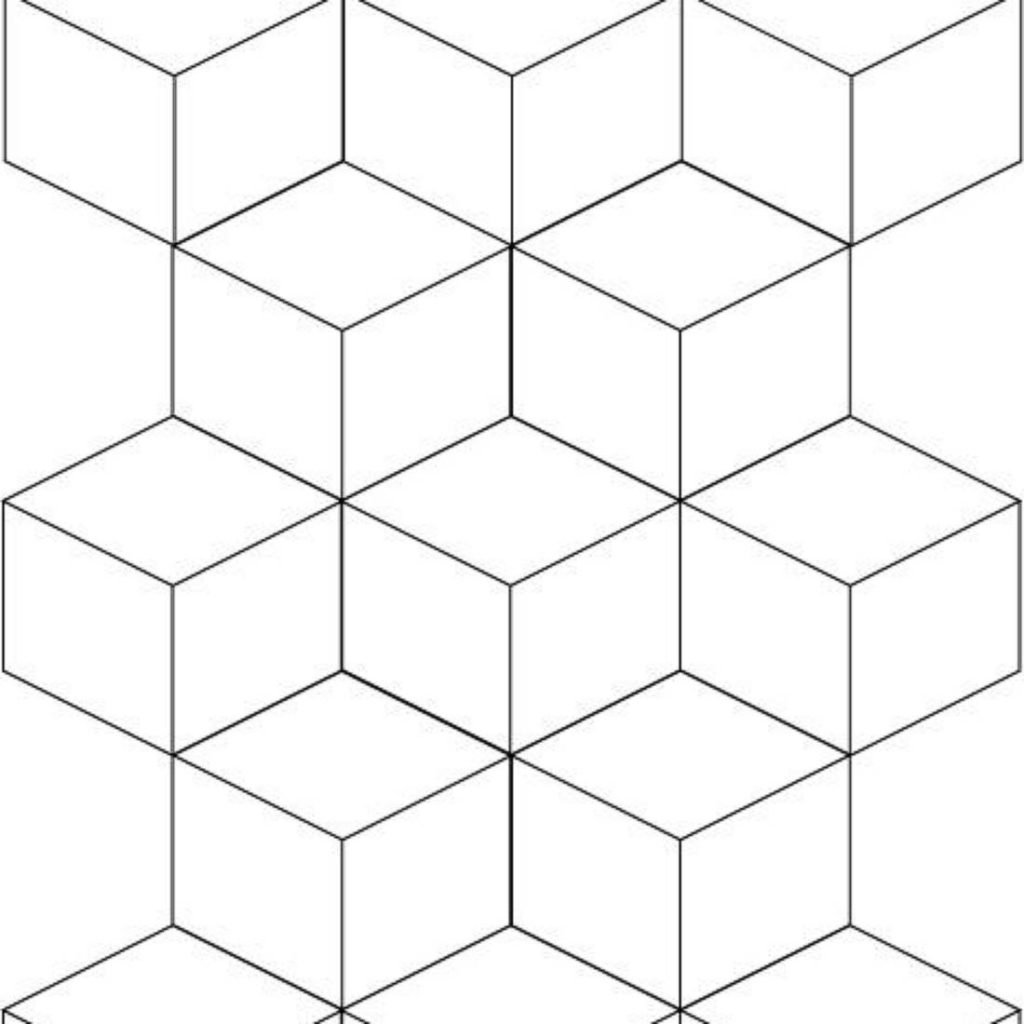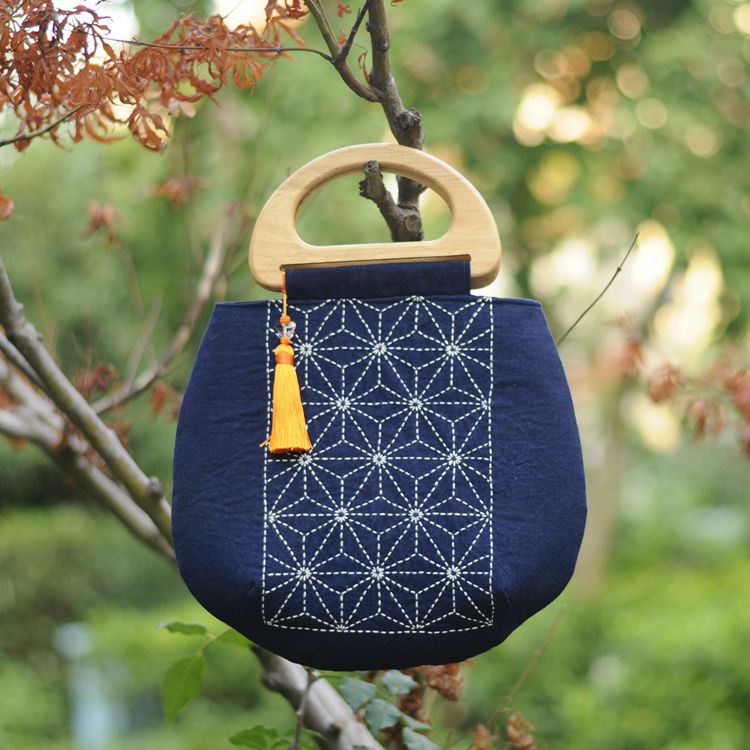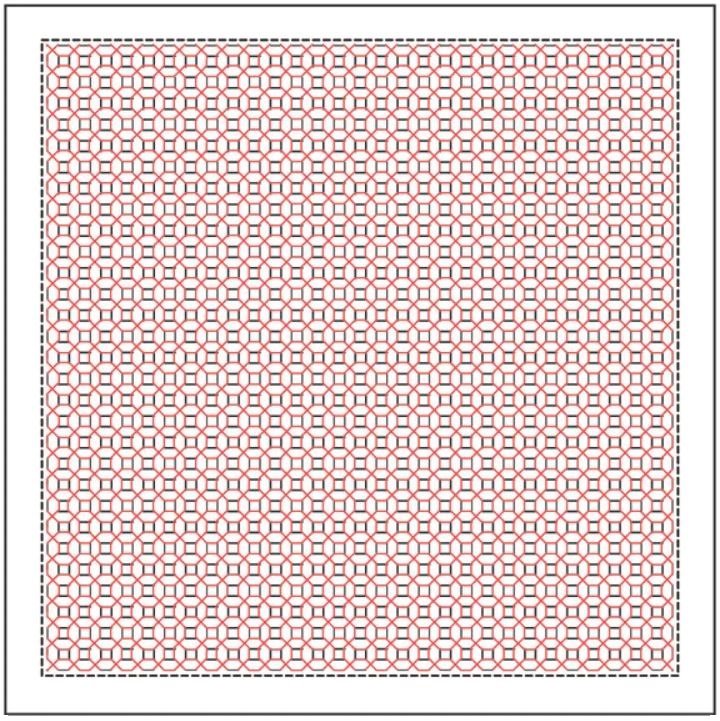
Sashiko pattern turtle’s shell: A representative pattern that means good luck


The “Kikko” pattern, also known as the “turtle’s shell,”
The common hexagonal pattern known as “Kikko” (sashiko pattern turtle’s shell) is a well-known symbol of good fortune in Japan. There are many such propitious symbols: in animals, they include the dragon, Chinese phoenix, crane and turtle. And among plants, the pine tree, bamboo, Japanese plu, Chrysanthemum and peony. Chinese characters which can be seen on T-shirts purchased by visitors to Japan, such as 寿(kotobuki) and 福 (fuku), are also signs of good luck. These symbols reflect common wishes for eternal youth, longevity, prosperity and wealth, among others.
The hexagonal Kikko pettern, call “beehive” in English and “turtle’s shell” in Japanese, has an extremely long history. It first appeared in ancient civilizations of West Asia, as well as on colored earthenware in prehistoric Iran. The pattern was said to have been found on scraps of men’s clothing in ninth century B.C. Assyria and in 12th century B.C. Babylon.
“The Geometric Origins and Cultural Significance of the Kikko Pattern”
In parts of West Asia, particularly Islamic countries, repetitive geometric shapes termed “arabesques” were popular. This suggests that the hexagonal shape of the Kikko may have originated in a purely geometric design, rather than the figurative forms of turtle’ shells or beehives. However, its frequent usage indicates that the design carrie deep meaning in many cultures.
“Influence of the Kikko Pattern Along the Silk Road”
The Kikko pattern was introduced to China through the Silk Road, which lead from Persia and India to the desert towns of Western. China, and although it was used as a decoration for woven materials and on the walls of temples, it was always seen as a symbol of power and spiritual strength. In China, a turtle has traditionally represented longevity, together with such imaginary animals as the dragon, Chinese phoenix and fire-breathing horse. It has believed that the patterns on a turtle’s shell became associated with the hexagonal design during the height of the Silk Road, some 3000 years ago.
“Evolution and Influence of the Kikko Pattern in Japan”
The Kikko pattern came to Japan along with the introduction of Buddhism.
It was first used to decorate materials and buildings. In the Muromachi period (1336-1598), when Noh plays were popular, it was used as a popular design for stage décor and for the costumes worn by aristocratic characters and long-lived men. Today, the Kikko pattern can be found at Japanese wedding ceremonies. It appears on the bride’s kimono and accessories. It also found on the kimono of the wedding guests and even on the wall paper of the wedding hall.

a sashiko template for pattern of “cubes” consists of hexagons.

The Hemp Leaf Handbag has also hexagons in the pattern 🙂

Coin tortoise shell hitomezashi sampler – lots of good fortune 🙂
“Contemporary Wishes and Aspirations”
Man has forever wished for eternal youth, wealth and longevity. With the recent improvements in medicine and technology, the average life span in Japan has reached 80 years. Since World War II, the Japanese have achieved great prosperity. So, what can Japanese people now wish for?
This article is extracted from Sashiko Blue and White Quilt Art of Japan by Kazuko Mende and Reiko Morishige.

